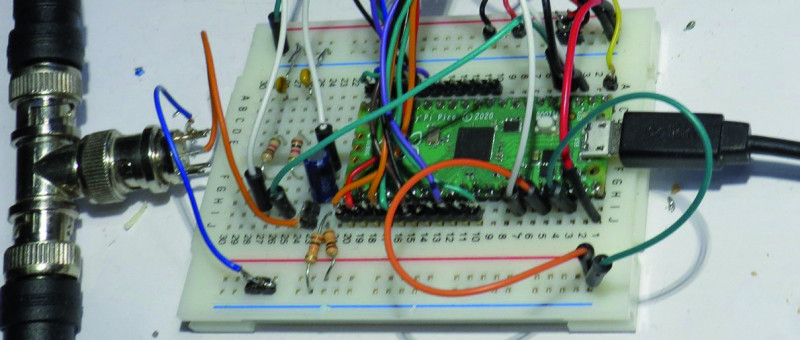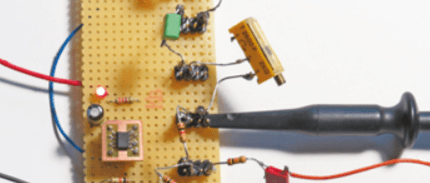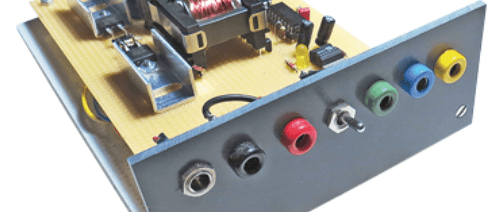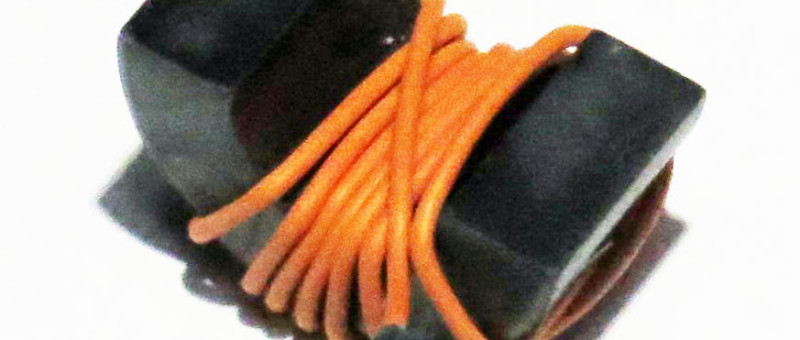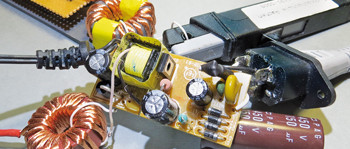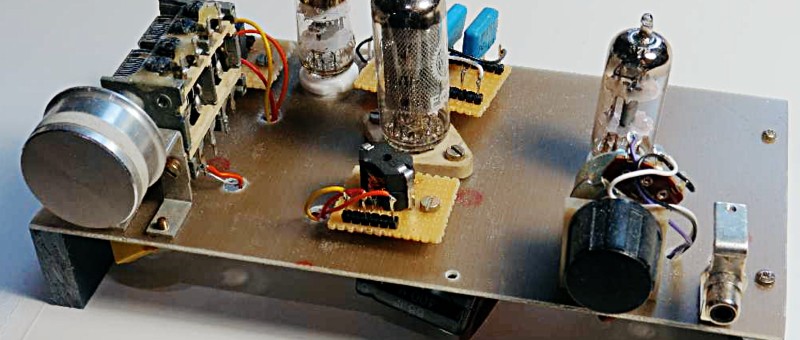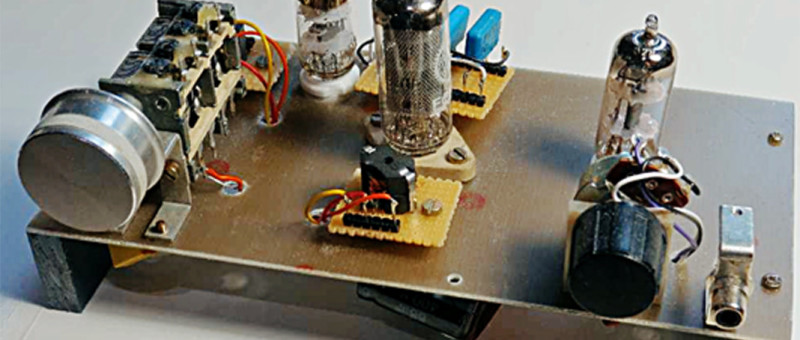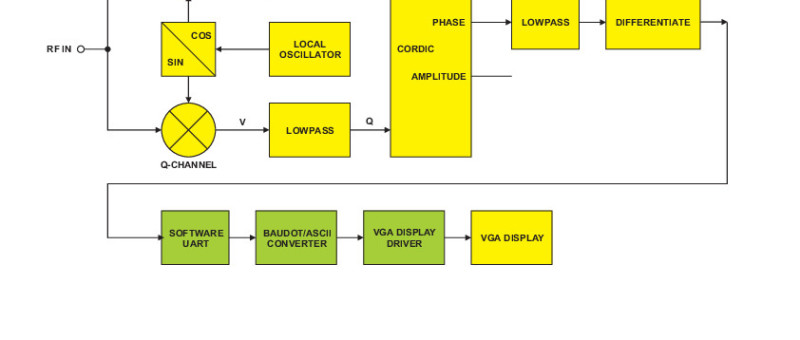| MSF is the UK’s equivalent of the German DCF77 time signal transmitter. This SDR project shows how a receiver and decoder for these (and oth...
Martin Ossmann (93)
| MSF is the UK’s equivalent of the German DCF77 time signal transmitter. This SDR project shows how a receiver and decoder for these time sig...
| Gyrator circuits can be used to simulate capacitors and coils. They also can be used as impedance converters, as described in this article....
| Adding this push-pull converter to the output of a standard bench top power supply gives a DC output up to 350 V DC. The output voltage and...
| When you need to measure current flow through a wire, the normal method is to insert an ammeter in series with the cable. Using a clamp-on a...
| We can easily use a current transformer to make precise measurements of alternating currents. We implement a wide variety of readily-availab...
| When you need to measure current flow through a wire, the normal method is to insert an ammeter in series with the cable. Using a clamp-on a...
| In my younger days I built what was known as an ‘0-V-2’ valve receiver. Fuelled by nostalgia for the pre-transistor era, I decided to build...
| In my younger days I built what is known as an ‘0V2’ valve receiver. Fueled by nostalgia for the pre-transistor era I decided to build anoth...
| In this the final installment of our series will be pushing the FPGA (almost) to its limit, receiving weather reports on 147.3 kHz, decoding...


